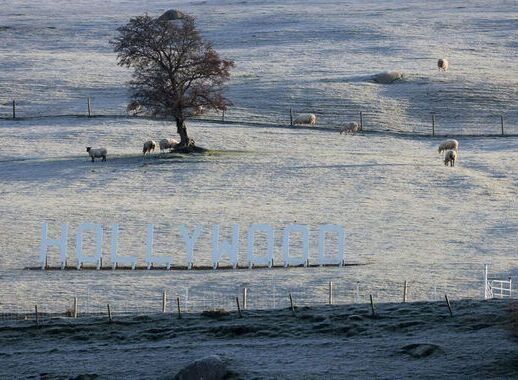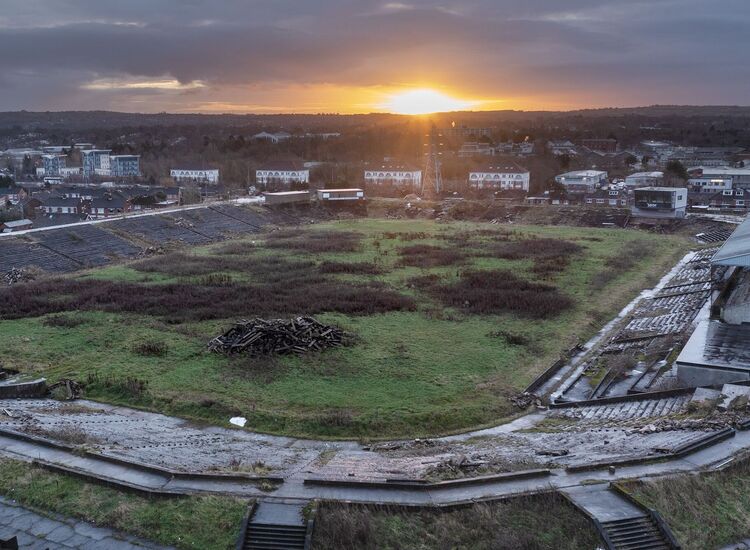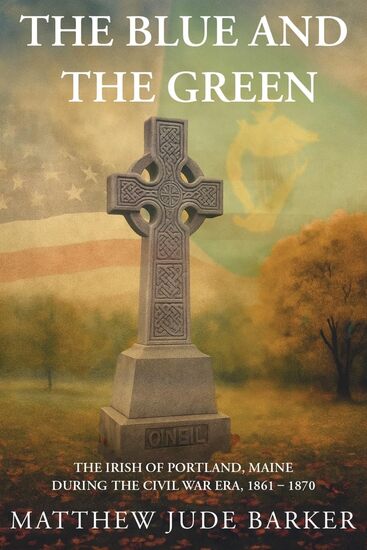John Lewis's autobiography was first published in 1998.
Between the Lines / By Peter McDermott
Almost a full four years before the events on the Edmund Pettus Bridge in 1965 that changed U.S. history, the future Congressman John Lewis was knocked unconscious when the Freedom Riders were attacked by a mob at the Greyhound bus terminal in Montgomery, Ala. He recalled in his autobiography, “Walking With the Wind,” that an official from Washington DC met a similar fate on that day, May 20, 1961. “For 20 minutes, he [John Seigenthaler] lay there, a personal aide to the attorney general of the United States, clubbed to the parking lot pavement of an Alabama bus terminal.” It was for Lewis the second assault upon him that month. He had become at a Rock Hill, S.C., bus station the first Freedom Rider to be attacked physically. He remembered that one of the police officers called to the scene was sympathetic, asking him if he wished to press charges.
It tends to be forgotten that the media came under siege during those years — reporters, cameramen and photographers were set upon by mobs in the South on a number of occasions, and there was a general atmosphere of intimidation. In “The Race Beat: The Press, the Civil Rights Struggle and the Awakening of a Nation,” authors Gene Roberts and Hank Klibanoff say of the climate during the search for the three missing civil rights workers in the summer of 1964, “On the streets of Philadelphia [Miss.], the reporters felt the cold stares from men who circled them in slow-moving pickup trucks with whiplash antennas and hunting rifles racked in the rear windows. [The New York Times’ Claude] Sitton saw some tagging behind them, heard them closing in, muttering threats.”
Newspapers and TV networks faced expensive legal challenges. The Times was sued in 1960 by Montgomery police commissioner Lester B. Sullivan, claiming to have been defamed in an ad taken out by four black ministers, even though he hadn’t been mentioned by name. (This ultimately led to the landmark New York Times Co. vs. L. B. Sullivan decision by the Supreme Court in March 1964 in favor of the paper.)
Fired right-wing army General Edwin Walker (remembered now mainly because Lee Oswald took a pot shot at him in early 1963) got $800,000 from a Fort Worth, Texas, jury in the first stage of his battle to extract $20 million from the AP and nine other media outlets. He said they’d falsely claimed that he had incited students to riot at the University of Mississippi during the effort by James Meredith to attend classes there. In that 1962 standoff, New York-based Agence France Presse reporter Paul Guihard was found dead in a remote part of the campus. He had been shot once in the head, apparently execution-style. Guihard, who had dual French and British citizenship, was 30.
Lewis, when still a 17-year-old student at the American Baptist Theological Seminary in Nashville, applied to transfer to the all-white Troy State University near his home. When he got no reply he wrote early in 1958 to Dr. Martin Luther King Jr., who interviewed him but said he would have to get his parents’ permission to pursue a campaign because they could become targets. Back on the farm near Troy, Ala., the Lewises were appalled at the idea and refused permission. Understandably. The family was connected through marriage to a prominent member of the Georgia NCAAP in Columbus named Thomas Brewer. He’d been a regular visitor to Troy, where people knew he was “an important, respected man.” Word came through in February 1956 that he’d been shot and killed in Columbus. “A grand jury ruled that the shooting was justifiable homicide,” Lewis wrote. “But among the black community the belief was that Dr. Brewer had been murdered by the Klan because of his NCAAP activities.”
At the Civil War’s end, Alabaman businessman Joseph Pinckney Parker erected a marble statue in front of his property on Madison Street in Troy. Its inscription stated: “In memory of John Wilkes Booth who killed ole Abraham Lincoln.”
“That monument is long gone, moved out to the cemetery where Parker is buried. But the sentiment hasn’t vanished. You still see plenty of Confederate flags on shirts and hats and on bumper stickers fixed to the backs of pickup trucks parked in front of the county courthouse,” Lewis commented in “Walking with the Wind.”
The book, written with Michael D’Orso and published first in 1998, was described by the Chicago Tribune as a “dramatic autobiography that doubles as a primer on the 1960s civil rights movement.”
Lewis, who knew as a child two great-grandparents born into slavery, Frank and Bessie Carter, carried out his first act of non-violent protest weeks after Brewer’s slaying. He applied for a library card at the Pike County Public Library, knowing he would be refused. Indeed, he was “very politely” turned away by the librarian. Lewis would return 42 years later to sign copies of “Walking with the Wind.”








